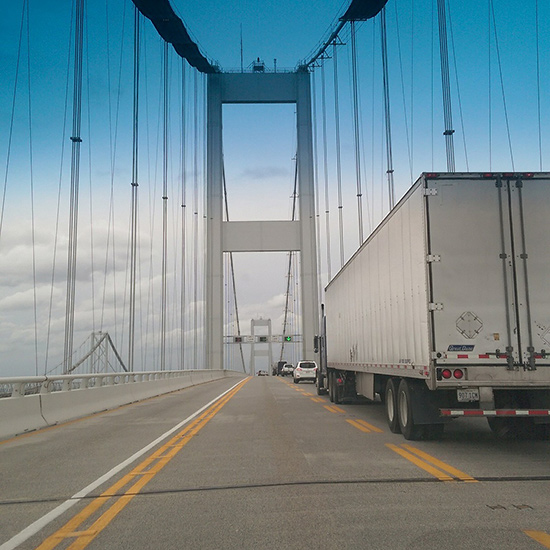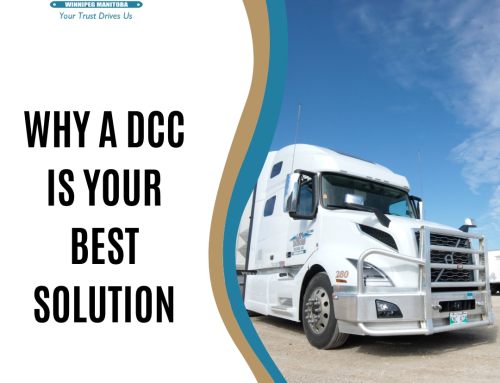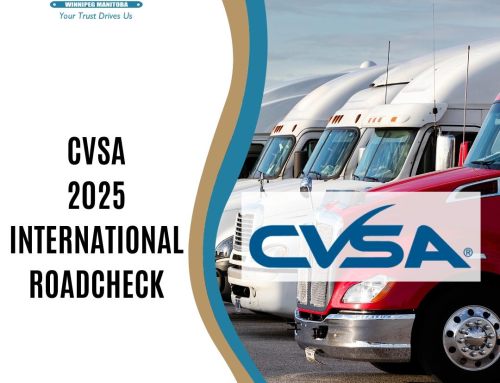 Trucking Safety
Trucking Safety
Truck drivers are the safest drivers on the road. Your average truck driver will drive a commercial 120,000 miles per year and most go through their career without a major incident.
There are reasons why professional drivers can log that many miles safely. The trucking industry is more safety-focused now more than ever. The entire culture has changed to safety and compliance over the past few decades. That trend continues with trucking associations, trucking companies, and truck drivers prioritizing safety.
And it makes sense. There is no reason why we cannot do this job with a high degree of safety. At Len Dubois Trucking, on-time means on-time – safely. From our point of view, safety is a team effort that includes all departments to support our drivers.
What Separates Professional Drivers?
Training
While there is always room for improvement in training, commercial driver training is far more extensive than training to obtain a licence to drive a four-wheeler. Reputable companies who hire inexperienced drivers have additional training or mentoring programs for drivers new to the industry.
Again, for perspective, there is room for improvement in regard to training and education in the trucking industry but the perception of a majority of untrained drivers, who don’t know how to operate a truck, on the roads is exaggerated.
Vehicle Condition
Successful trucking companies run late model equipment and we keep them well maintained. You need to as preventative maintenance is more cost-effective than breakdowns.
Trucks are also inspected at least twice a day by the driver when they are on the road. Plus, truck drivers can be pulled into a scale at any time and inspected. Commercial trucks are held to a high standard during inspections with even small violations being recorded onto safety profiles.
Driving Habits
Safety is more than just following the rules. Don’t get me wrong, compliance with all regulations is necessary, but safety doesn’t stop there. Professional drivers need to practice safe habits. Safety is about risk reduction and it must happen all the time – every mile.
Professional drivers operate their vehicles differently than other drivers on the road. Here are just a few differences
- Following distance – truck drivers give themselves more room from the vehicles ahead of us and we’ll protect that room. We need more room to stop. There is nothing worse than a vehicle moving into that extra room then hitting the brakes because we may not be able to stop in time if needed.
- Anticipation – If you react, then you are probably in a panic or emergency situation. Drivers need to see & recognize possible hazards, thinking about worst-case scenarios. They need to know what’s going to happen before it happens.
- Escape Routes – Knowing what to do in an emergency situation is crucial. If something happens, and we can’t stop in time, we need to avoid a collision with another vehicle or pedestrian. This can be anything from an accident on the highway to an icy city street. It is essential to know what is happening around the truck and stay calm. Generally, truckers will try to keep traffic from lingering beside the truck, on the highway, as the shoulder or left lane is a preferred escape if it is clear.
- Pay more attention – truck drivers pay more attention to what is happening around our vehicles. We need to if we are to anticipate possible dangerous situations. Trucks have plenty of blind spots and we attempt to see who is about to enter those spots. Truck drivers are looking as far ahead as possible in order to give ourselves more time to react to what is unfolding in front of us. And we’re aware of faster traffic passing us well in advance.
- Trip planning – Trip planning is vital. Not only to make sure we arrive on time but also to avoid driving in high-risk situations. Drivers check weather reports constantly along their route and avoid extreme weather. We can also avoid rush-hour traffic in city centres when possible and drive those sections at less congested times.
Trucking Isn’t Easy
These are just the basic things we do while operating a commercial vehicle. The most important thing for professional drivers is paying attention. We operate large heavy vehicles which need much more room than other vehicles. More room to stop and more room to turn and maneuver.
So, when you see a truck driver just cruising down the road, please remember they are not just cruising, they actively assessing what is happening and looking for potential risks and dangers.





